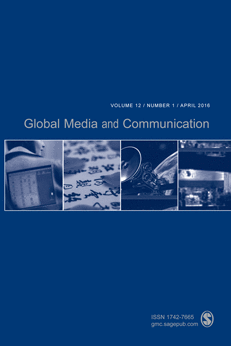
Global Media and Communication
The current debate in intergovernmental organizations about the object of freedom of the media has its origins in recent history. Conventions and other international legal and political documents provide, in retrospect, an insight into the relevant ideas shared by many, while accord on their meaning is usually reached by agreement that results from intense negotiations by both experts and diplomats.
In this paper, Andrei Richter argues that notions and concepts of what exactly should be protected under the umbrella of media freedom have been transformed during three distinct periods in post-war history. The related definitions are placed in the hierarchy of universal human rights.
The contemporary international debate is illustrated with an example of the latest challenges to the scope of freedom of the media. The document analysis leads to a possible solution to the current intergovernmental argument.
The article has been published on 9 June 2016 on SAGE journal Global Media and Communication .
Tags: Access to information Media freedomThe content of this article can be used according to the terms of Creative Commons: Attribution-NonCommercial 4.0 International (CC BY-NC 4.0) . To do so use the the wording "this article was originally published on the Resource Centre on Media Freedom in Europe" including a direct active link to the original article page.

